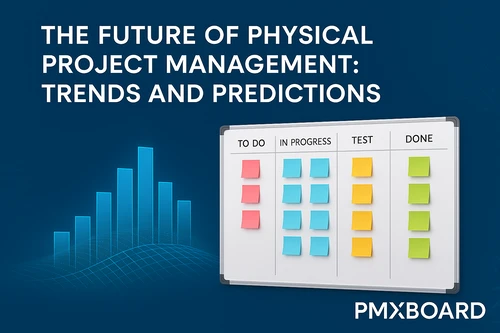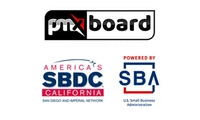For decades, physical project management tools have served as the foundation for organizing, planning, and tracking projects.
From Kanban boards to Gantt charts, these tactile tools have helped teams visualize progress and foster collaboration. But as technology evolves and work habits shift, the landscape of project management is being redefined.
The future of physical project management isn’t about abandoning traditional tools — it’s about enhancing them with innovation, sustainability, and smarter integration. Let’s take a closer look at the key trends shaping this transformation.
1. Automation Meets the Physical Workspace
Automation is no longer confined to digital platforms. Project management boards are evolving to incorporate smart sensors, digital integrations, and data synchronization that help teams streamline updates automatically. Imagine a physical board that syncs with cloud-based dashboards or automatically logs completed milestones. This fusion of analog and digital will redefine how teams manage progress in real time — bridging the gap between physical visualization and automated intelligence.
2. Seamless Integration with Digital Technologies
As hybrid work becomes the new norm, integration between physical and digital tools is more important than ever. The next generation of project management boards will connect directly with online tools like Jira, Trello, or Asana.
Teams will be able to update magnetic task cards during an in-person meeting and instantly see those changes reflected online. This ensures everyone — whether remote or in-office — stays perfectly aligned.
3. Enhanced Data Visualization and Analytics
The future of project management is visual. Physical boards are evolving to include data-driven visuals, offering clearer insights into project status, risks, and progress.
Through color-coded magnetic elements and modular layouts, managers can transform raw data into intuitive visuals that drive faster decisions. The focus is shifting from simply tracking work to understanding trends — making visualization a strategic advantage.
4. The Rise of Virtual and Augmented Reality
Virtual and augmented reality (VR/AR) are pushing boundaries for how teams interact with physical workspaces. Imagine scanning your physical project board and instantly viewing it as a 3D model that updates in real time.
Construction and manufacturing teams already use AR overlays to align real-world structures with project timelines. As this technology becomes more accessible, it will merge digital insights with physical tools to create immersive, interactive management systems.
5. Sustainability and Eco-Conscious Design
As organizations embrace greener operations, sustainability is becoming a core pillar of project management design.
Future physical tools will prioritize eco-friendly materials — from recyclable magnetic boards to reusable project cards — reducing waste and environmental impact. At PMXBOARD, for example, this philosophy already drives product innovation: every board is designed to be durable, reusable, and environmentally responsible.
Final Thoughts
The future of physical project management isn’t about choosing between physical and digital tools — it’s about combining the best of both worlds.
Automation, integration, data visualization, immersive technologies, and sustainability are all converging to make project management smarter, more human, and more effective than ever before.
At PMXBOARD, we’re proud to be at the forefront of this evolution, designing next-generation visual tools that empower teams to think, plan, and achieve more — no matter where they work.


